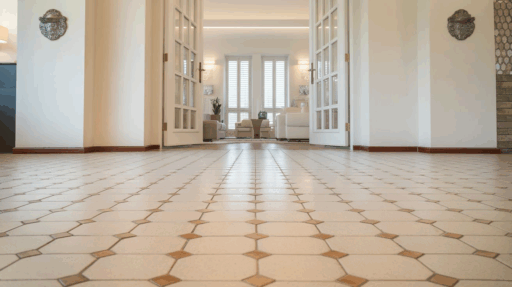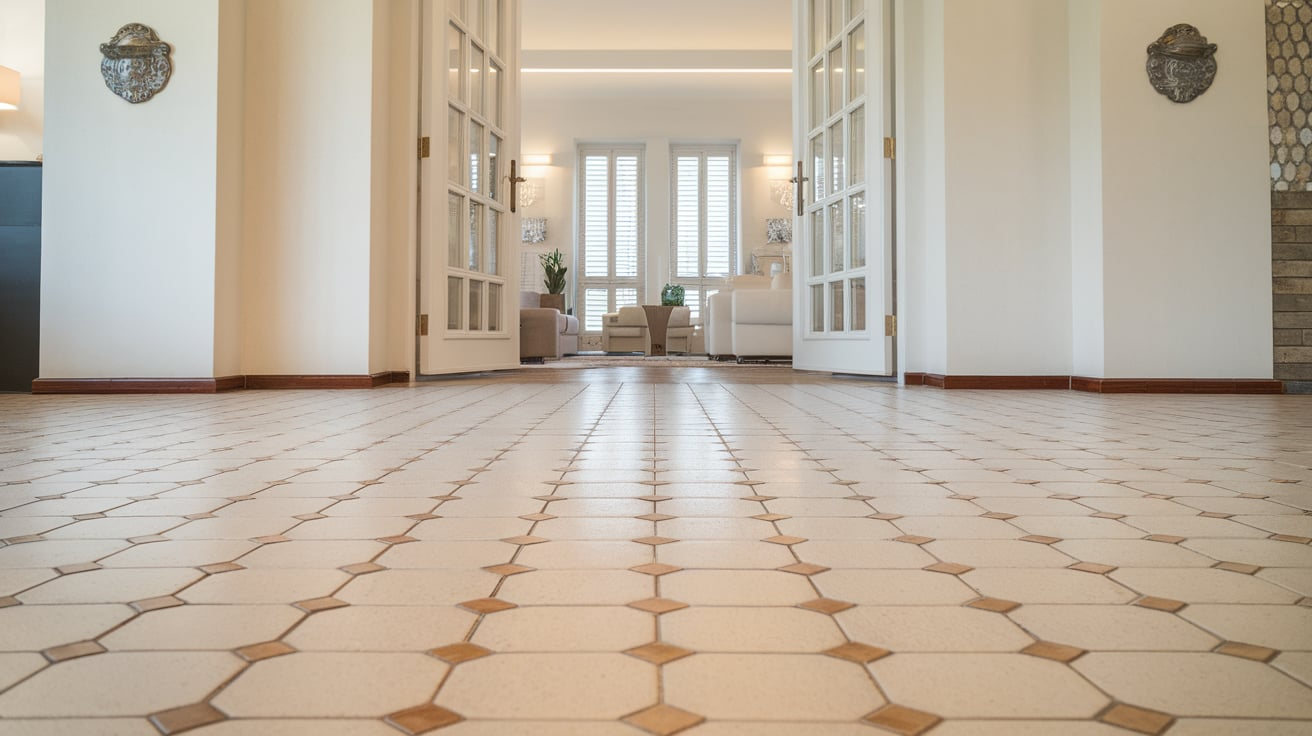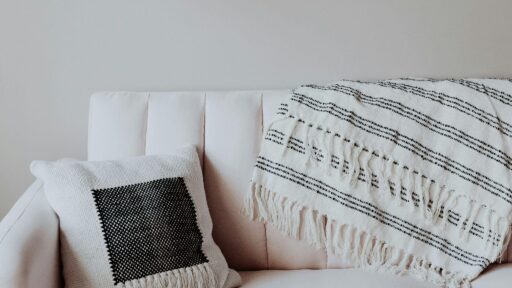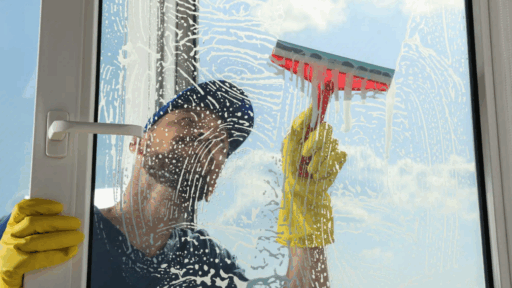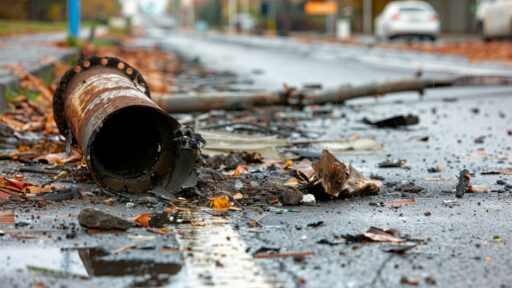Ceramic tile is a favorite for bathrooms, kitchens, and laundry rooms, but is it actually waterproof? Or just water-resistant? I asked myself the same thing when redoing my bathroom.
The truth is, ceramic tile can handle water pretty well, but it’s not completely waterproof on its own.
I think its performance depends on the type of tile, installation, and the care you provide. Water can still sneak through grout lines or cracks if you’re not careful.
In this post, I’ll walk you through how ceramic tile works in wet spaces, what you need to watch out for, and how to protect your tile from water damage.
If you’re thinking about using ceramic tile and want real advice based on experience, I’ve got you covered.
Is Ceramic Tile Waterproof or Water Resistant?
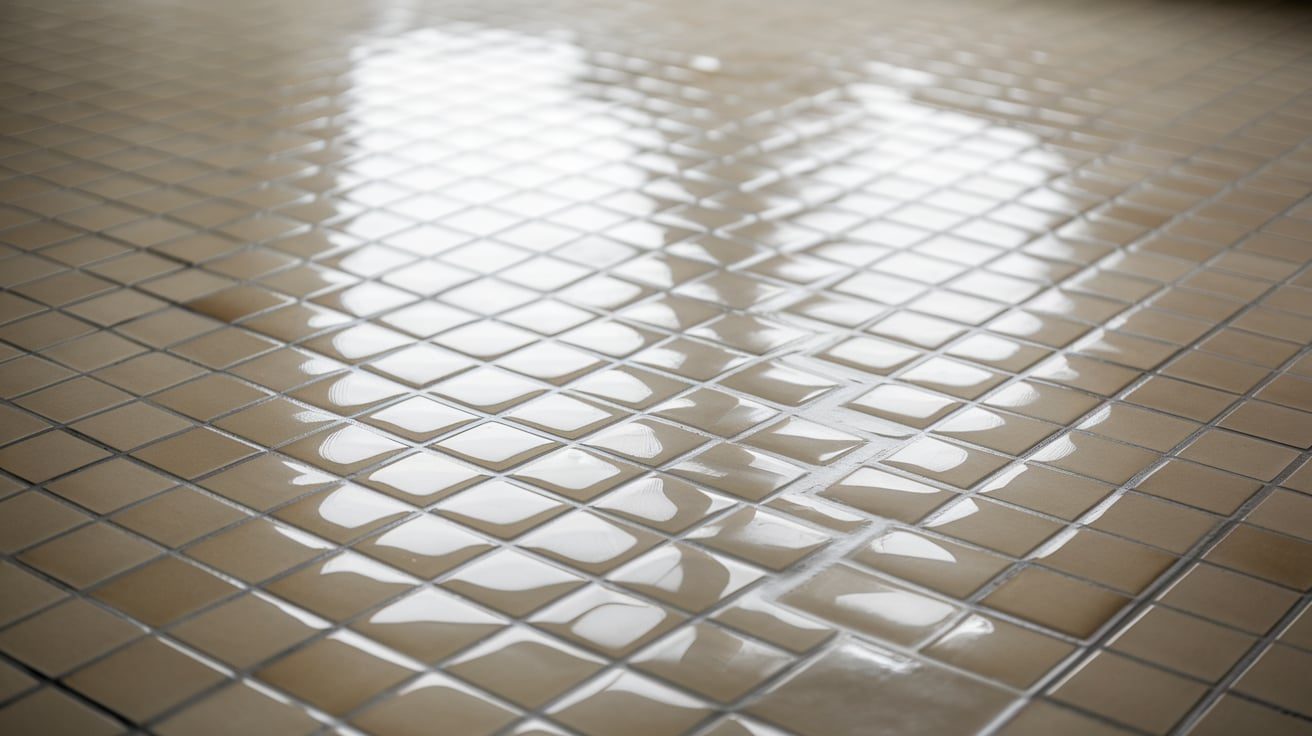
Ceramic tile is often used in bathrooms, kitchens, and laundry rooms because it withstands moisture well, but that doesn’t mean it’s completely waterproof.
In truth, ceramic tile is water-resistant, not fully waterproof. This means it can slow down water, but it won’t stop it entirely.
The tile surface usually holds up well against splashes and spills, but water can still seep through grout lines, cracks, or unsealed areas.
What “Waterproof” Really Means
Waterproof means no water can get in at all, like a sealed plastic bag or rubber boot. Ceramic tile doesn’t meet that level.
While glazed tiles repel surface water, moisture can still seep through grout lines or underneath if not sealed properly. That’s why installation and sealants matter.
Ceramic Tile’s Natural Water Resistance
Ceramic tile is made from clay and fired at high heat, making it naturally dense and resistant to moisture.
Glazed tiles perform better in damp areas, but even unglazed ones offer some resistance.
However, unglazed tiles are more porous and require sealing when used in bathrooms or other wet areas.
What Is Ceramic Tile?
Ceramic tile is a durable, flat material made from natural clay that’s shaped and fired in a high-temperature kiln.
It’s commonly used on floors, walls, and countertops in both homes and businesses.
Many ceramic tiles are glazed with a protective, glass-like coating that adds color and pattern, while also helping to resist water and stains.
Known for its strength, ease of cleaning, and affordability, ceramic tile comes in a wide range of sizes and styles, including designs that mimic the look of stone or wood.
Though it’s moisture-resistant, ceramic tile isn’t fully waterproof, especially around grout lines.
That’s why it’s a go-to option for bathrooms, kitchens, entryways, and laundry rooms where spills are common.
Types of Ceramic Tile: Glazed vs. Unglazed
Ceramic tile comes in two main types: glazed and unglazed. Glazed tiles resist water and stains, while unglazed tiles offer better grip but need sealing. Choosing the right type depends on where you plan to use it.
| Feature | Glazed Ceramic Tile | Unglazed Ceramic Tile |
|---|---|---|
| Surface Finish | Smooth, shiny, or matte glaze | Natural, matte finish |
| Water Resistance | High (due to glaze) | Moderate (requires sealing) |
| Slip Resistance | Can be slippery when wet | More slip-resistant due to rough texture |
| Stain Resistance | Excellent | Fair (can absorb stains if unsealed) |
| Maintenance | Easy to clean | Needs more care and regular sealing |
| Best Use Areas | Bathrooms, kitchens, backsplashes, and walls | Entryways, patios, and floors with foot traffic |
| Color & Design Variety | Wide range of styles and patterns | More limited, earthy, or natural tones |
Glazed vs. Unglazed Ceramic Tile in Wet Conditions
Both glazed and unglazed ceramic tiles have their strengths, but they behave differently when exposed to water.
Glazed ceramic tiles have a glass-like coating that makes them highly water-resistant.
They’re smooth, easy to clean, and ideal for areas such as showers, backsplashes, and kitchen floors. The glaze helps prevent moisture from entering the tile itself.
Unglazed ceramic tiles have no protective coating. They look more natural and offer better slip resistance, but they’re more porous and will absorb water unless sealed.
In wet areas, unglazed tiles can still be used, but they require more maintenance. You’ll need to apply sealant regularly to protect them from stains and water damage.
If your priority is water resistance and low upkeep, glazed tile is usually the better choice for damp spaces.
How Ceramic Tile Is Made and Why It Matters
Ceramic tile is made from natural clay mixed with water and minerals.
The mixture is shaped into tiles and fired in a kiln at extremely high temperatures, sometimes exceeding 2,000°F.
This process makes the tile strong, durable, and naturally resistant to water. Some ceramic tiles are also coated with a glaze, which adds color, texture, and extra water protection.
Why does this matter?
Because how a tile is made affects its performance in wet areas. A well-fired, dense tile will absorb less water and last longer in bathrooms, kitchens, and laundry rooms.
Glazed tiles resist stains and moisture better than unglazed ones. Unglazed tiles can still be used in wet areas, but they need sealing.
So if you’re choosing tile for a damp space, the manufacturing process should guide your decision.
Ceramic Tile in Wet Areas
Ceramic tile is one of the most commonly used materials in wet areas like bathrooms, kitchens, and laundry rooms, and for good reason. It offers a durable, water-resistant surface that can handle spills, splashes, and steam.
1. Bathroom

Ceramic tile works well on bathroom floors, shower walls, and around tubs. Glazed tiles repel water and are easy to clean, making them a practical and attractive option.
Still, water can seep through grout lines if they’re not sealed, so waterproofing behind the tile is essential.
Adding a cement backer board and sealing grout lines will help prevent mold or water damage.
2. Kitchen

In kitchens, ceramic tile is a strong pick for backsplashes, counters, and floors. It withstands cooking splashes, hot pans, and daily foot traffic.
Spills from water, grease, or sauces can be wiped up quickly without staining the tile.
Using a glazed finish provides extra protection and makes maintenance easier.
As with bathrooms, sealed grout prevents moisture from entering and ensures long-lasting performance.
3. Laundry Room
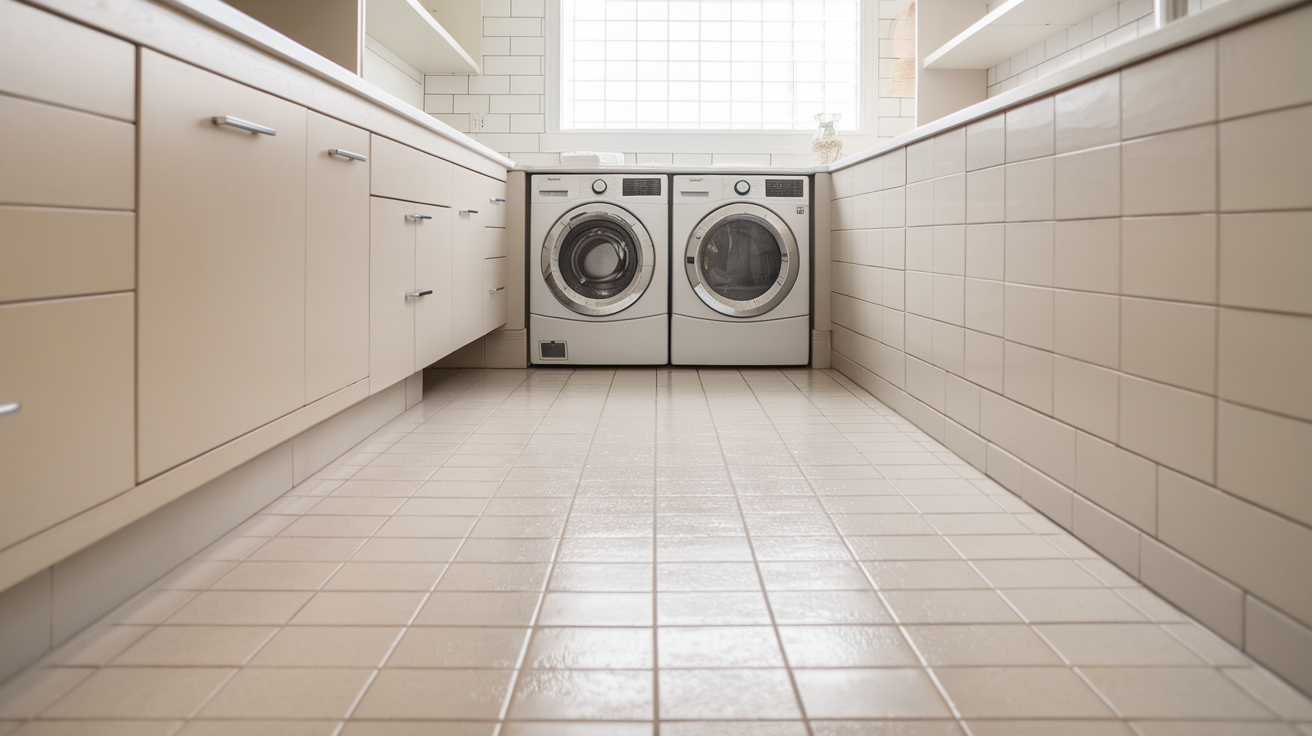
Laundry rooms are prone to moisture from washers, sinks, and humid air. Ceramic tile holds up well in these conditions, especially on floors.
It’s resistant to leaks, won’t warp like wood, and is easy to mop clean. Make sure to use a waterproof membrane underneath the tile to protect the subfloor.
Ventilation also helps reduce trapped moisture, keeping the room dry and your tile in good shape.
4. Mudroom
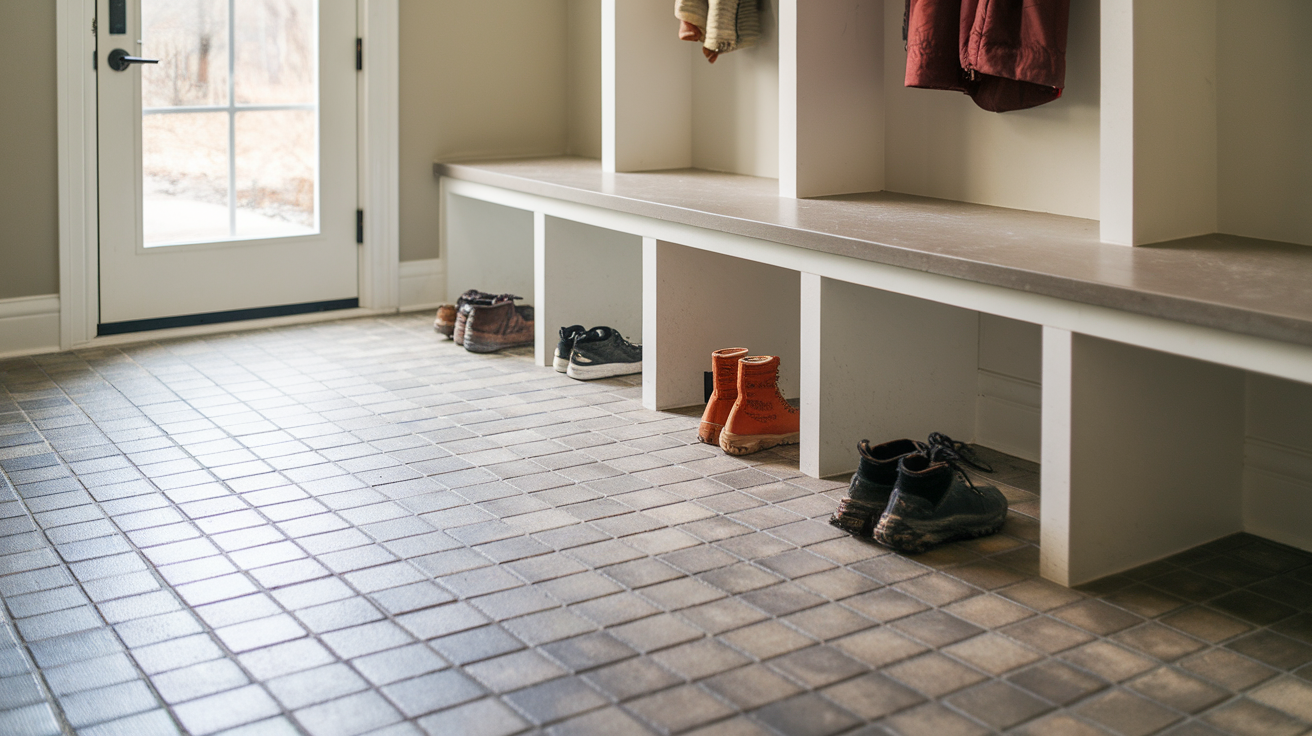
Mudrooms often deal with wet shoes, dirty boots, and outdoor gear, making them another high-moisture area in the home.
Ceramic tile is an excellent choice here because it’s tough, water-resistant, and easy to clean.
Glazed ceramic tile helps keep water and mud on the surface so it can be wiped away without damage.
It’s also scratch-resistant, which is helpful if you’re storing tools, pet gear, or sports equipment.
Do Grout Lines Let Water Through?
Yes, grout lines can allow water to pass through because grout is naturally porous.
When not sealed, it can absorb moisture, which may lead to stains, mildew, and even damage to the subfloor over time.
This is especially a concern in areas with high moisture levels, such as showers, bathrooms, and laundry rooms.
Sealing the grout creates a protective barrier that helps prevent water from getting in.
To maintain this protection, grout should be resealed every 1 to 2 years, depending on the level of moisture exposure in the area.
How Ceramic Tile Compares to Porcelain, Vinyl, and Stone

Ceramic tile is a popular choice for wet areas, but how does it stack up against other materials like porcelain, vinyl, and natural stone?
Each material handles water differently. Some are better suited for direct water contact, while others require more maintenance.
| Features/Matl. | Ceramic Tile | Porcelain Tile | Vinyl Flooring | Natural Stone |
|---|---|---|---|---|
| Water Resistance | Water-resistant (not fully waterproof) | Highly water-resistant, almost waterproof | Fully waterproof (if seams are tight) | Varies by type; many are porous |
| Maintenance Needs | Moderate – grout sealing needed | Low–density and less porous | Very low – easy to clean | High–needs sealing and upkeep |
| Slip Risk When Wet | Moderate to high (if glossy) | Varies (textured options are safer) | Low – softer surface | High unless textured |
| Best Used In | Kitchens, bathrooms, laundry rooms | Showers, floors, and outdoor patios | Basements, bathrooms, mudrooms | Bathrooms, entries, and high-end homes |
Best Practices to Protect Ceramic Tile from Water Damage
Ceramic tile resists water, but sealing grout and keeping the area well-ventilated helps prevent moisture damage.
- Seal Grout Lines Regularly: Grout is porous and absorbs water easily. Sealing it helps create a barrier that blocks moisture from getting through. This prevents staining, mildew growth, and damage to the subfloor beneath.
- Use a Waterproof Underlayment or Cement Backer Board:Beneath floor tiles, especially in bathrooms and showers, a waterproof backer board keeps moisture from reaching the subfloor. This adds an extra layer of protection in high-risk areas.
- Choose Glazed Ceramic Tile for Wet Zones: Glazed tiles feature a sealed surface that repels water, making cleaning simple. They’re ideal for bathrooms, kitchen backsplashes, and laundry rooms where moisture is a common occurrence.
- Re-Seal Unglazed Tiles and Grout as Needed: Unglazed ceramic tiles and grout should be sealed every 1 to 2 years to maintain water resistance. This prevents them from absorbing water and becoming stained or damaged.
- Fix Cracks or Loose Tiles Right Away: Any cracks in the tile or grout can let water seep underneath. Repairing them quickly prevents long-term moisture damage and helps avoid costly repairs later.
- Clean Tiles and Grout Regularly: Routine cleaning removes soap scum, dirt, and mildew that can break down sealants and grout. A clean surface also helps you spot any early signs of damage.
- Ensure Good Ventilation in Wet Rooms: Bathrooms, laundry rooms, and other damp areas require adequate airflow. Use fans or open windows to reduce humidity and extend the life of your tile and grout.
Conclusion
Ceramic tile is not completely waterproof, but it’s highly water-resistant, especially when glazed and properly installed.
The tile surface repels water well, but the grout lines are vulnerable if not sealed.
Over time, moisture can seep in through unsealed or damaged grout, leading to potential issues underneath.
To achieve optimal performance in wet areas like bathrooms or kitchens, use a waterproof underlayment, select glazed tiles, and seal the grout regularly.
These steps help prevent water damage, extend the life of your tile, and maintain a clean and dry space.
Compared to other materials, ceramic tile offers a great balance of affordability, style, and moisture resistance.
With the right prep and care, it’s a solid option for splash-prone spaces. I’ve used it myself and found it both practical and easy to maintain.
Frequently Asked Questions
What Happens If Water Gets Under Ceramic Tile?
It can lead to mold, mildew, and damage to the subfloor. Over time, tiles may loosen or crack from trapped moisture.
Can Ceramic Tile Be Used in Showers?
Yes, especially glazed ceramic. Just be sure to seal grout and use a waterproof backer board.
What’s the Best Grout for Wet Areas?
Epoxy grout is the best option; it’s waterproof and resistant to stains and mold. Seal regular grout often if used.

